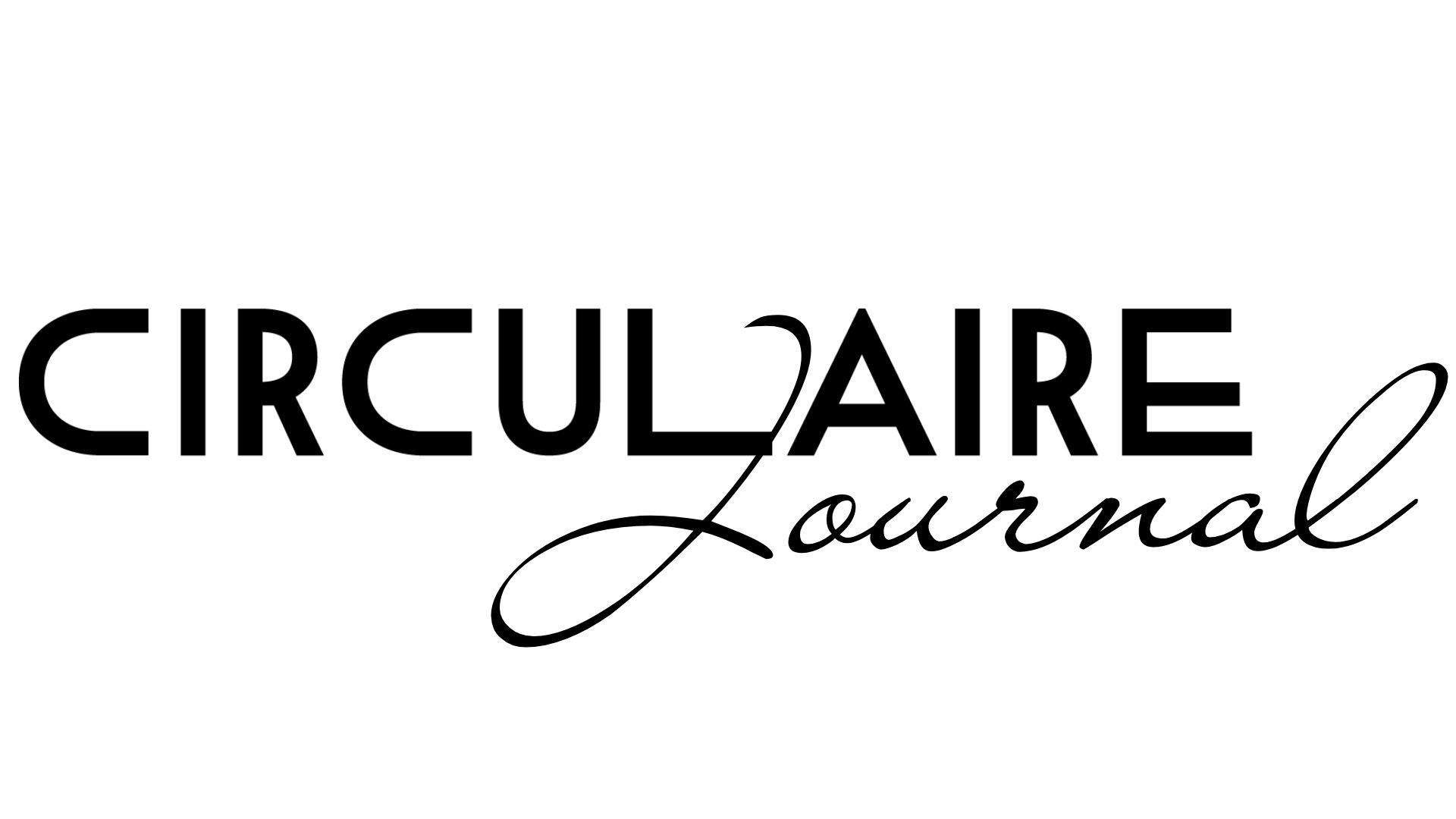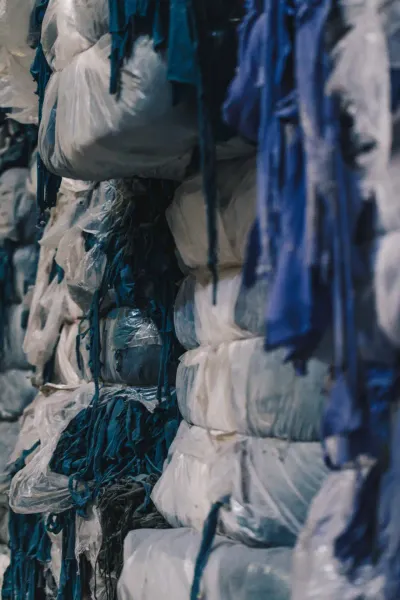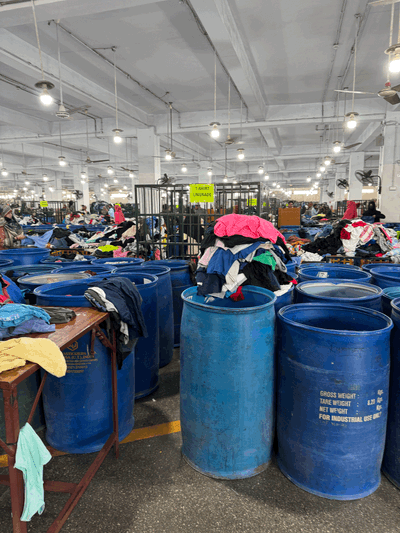In 2024, the fashion industry made significant progress towards sustainability, embracing innovative materials, ethical practices, and technological advancements. As we step into 2025, these developments are set to shape a more responsible and eco-friendly future for fashion.
A notable achievement in 2024 was the industry's commitment to next-generation materials. High-profile brands such as Burberry, Ganni, and Christian Siriano incorporated sustainable alternatives like recycled textiles, seaweed fibers, and lab-grown fabrics into their collections. These materials aim to reduce fashion's environmental footprint by decreasing reliance on virgin resources and minimizing waste. For instance, Burberry collaborated with Spiber to use Brewed Protein, a lab-grown material, in their designs, signaling a shift towards more sustainable fabric choices.
However, challenges remain in ensuring ethical practices throughout the supply chain. A Reuters review highlighted the shortcomings of the luxury fashion industry's audit system, which failed to detect critical labor violations. Brands like Dior and Giorgio Armani passed formal inspections despite allegations of worker exploitation within their supply chains. This revelation underscores the need for more robust and transparent auditing processes to uphold labor rights and corporate responsibility.


Images courtesy of Copenhagen Fashion Week.
In response to such challenges, events like Copenhagen Fashion Week (CPHFW) have set new standards by emphasizing sustainability. Brands are required to meet rigorous environmental criteria to participate, promoting responsible fashion practices. Designers showcased innovative approaches, from using deadstock fabrics to achieving B-corp status, highlighting a commitment to balancing creativity with environmental and social responsibility.
The rise of textile-to-textile recycling also marked a significant milestone in 2024. Startups like Reju, Circ, and Syre developed processes aimed at enhancing recycling capabilities within the fashion industry. For example, Circ's Fiber Club framework facilitates the adoption of recycled materials, addressing the industry's waste problem and promoting circularity. These advancements indicate a promising shift towards reducing waste and conserving resources.
Looking ahead to 2025, several sustainable fashion trends are poised to gain prominence. The adoption of eco-friendly materials is expected to rise, with organic cotton, recycled fabrics, and plant-based dyes becoming increasingly popular. This movement reflects growing consumer awareness and demand for eco-friendly fashion choices.

Upcycling and recycling are set to become key practices, with brands repurposing old or discarded materials into new fashion items. This approach not only reduces waste but also creates unique, high-quality products, contributing to a more sustainable production process.
Transparency in fashion is anticipated to be a significant trend, as consumers increasingly demand information about the origins and production processes of their clothing. Brands focusing on providing clear, detailed information about their supply chains, labor practices, and environmental impacts are likely to build trust and accountability with consumers.
Technological innovations, such as 3D printing and digital fashion, are expected to play a significant role in making fashion more sustainable. 3D printing allows for the creation of customized garments with minimal waste, while digital fashion offers virtual clothing options that reduce the environmental impact associated with physical garment production.

The industry is also likely to see a rise in the use of biodegradable fabrics, which break down naturally at the end of their lifecycle, significantly reducing landfill waste. Materials made from corn, soy, and even pineapple leaves are examples of such eco-friendly textiles that are expected to gain popularity.
In conclusion, the fashion industry's journey towards sustainability in 2024 laid a robust foundation for the advancements anticipated in 2025. By embracing innovative materials, enhancing transparency, and adopting ethical practices, the industry is poised to make significant strides towards a more sustainable and responsible future.





